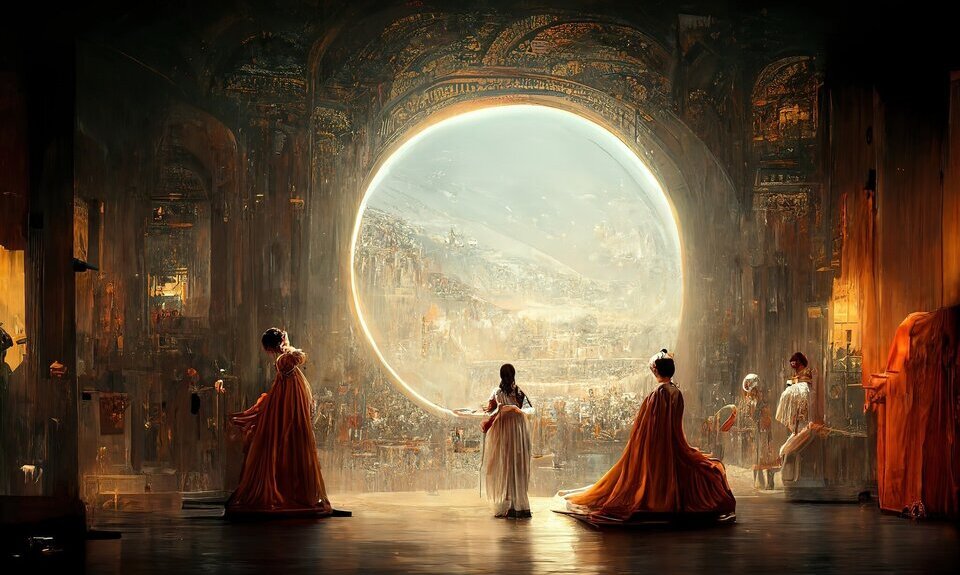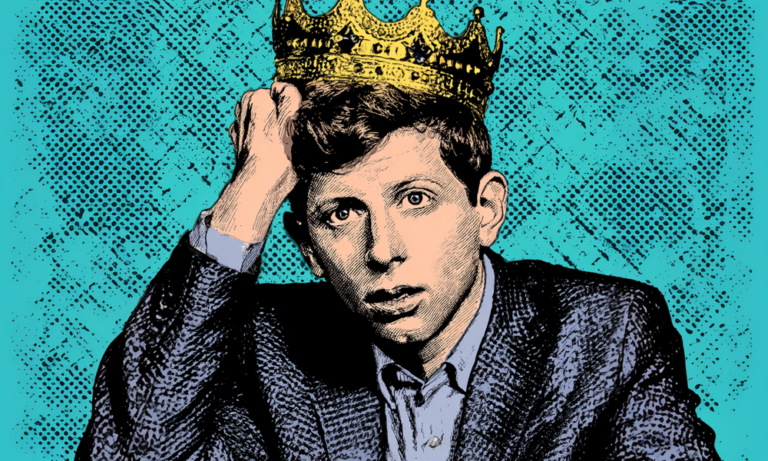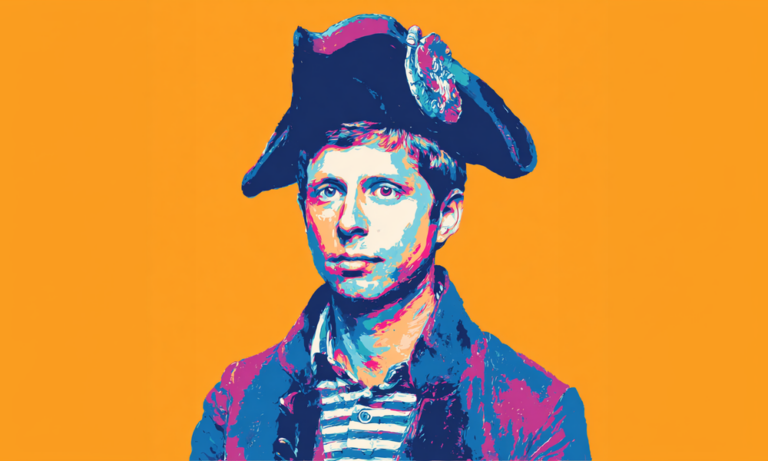AI: Apocalypse or Renaissance for Artists?

Is artificial intelligence (AI) the future of art? Generative AI, such as Midjourney or Dall-E, is causing havoc in the art world. Artists who are already struggling, now have to reinvent themselves, torn between adapting to and rejecting this new technology.
Professional artists have been walking a tightrope long before the VUCA world. This volatile, uncertain, complex and ambiguous world first identified in 1987 by the US Army War College, this unstable world into which “we are thrown”, to quote Jim Morrison in the song “Riders on the Storm”.
As an example, the French theatre company La Comédie-Française, founded in 1680 under Louis XIV, was immediately placed under strict royal control for several decades. Actors were not free to express themselves, unless they were under the King’s protection. Beaumarchais’ Le Mariage de Figaro, for example, was not read there until three years after its publication, and was not performed in public until another three years.
Being an artist was never easy
Our era is not an open stage for most artists either, but for other reasons. In addition to facing financial pressure, they are often undervalued. The financial instability they face reached its peak with COVID-19. Artists also had to adapt. Declining audiences, orders coming to a sudden halt… Many found their salvation on social media. Deprived of a stage, the dancers of the Paris Opera Ballet showed their support for health workers in their own way. In a series of posts on Instagram, we could see them rehearsing at home, in their kitchen, their living room, or even their bathtub. This window into their world was a way of showing the public that their talent does not make them any different, and display their adaptability rather than resignation.
Actors, that we often imagine to be millionaires, are not spared by this changing world either. In the summer of 2023, the actors’ and screenwriters’ strike revealed a different side of Hollywood, and highlighted the disparity in conditions between regular actors and stars like Meryl Streep or Matt Damon, who supported their cause. The strikers were seeking better pay, but also, and we tend to forget this, better regulation on the use of artificial intelligence (AI).
“It’s over. AI won. Humans lost.”
AI is perhaps the most blatant demonstration that the VUCA world is not just a concept for marketers looking for drama. In late 2022, artists worldwide were dealt three blows by generative AI and the applications that use it: a blow to creativity, a blow to competitiveness, and an existential blow. Generating visuals comparable to works of art is now possible in record time and affordable, simply by feeding Dall-E or Midjourney a few prompts from any laptop.
“Art is dead Dude”, exclaimed video game designer Jason Allen in response to this triple blow, after winning an art competition at the 150th Colorado State Fair in September 2022. Almost like an act of provocation, his work “Théâtre d’opéra spatial” (in French in the source text – Ed.) took first place in the “Emerging Artist” category, even though it had been produced using Midjourney. Much to the anger of the other artists, the creator with a full beard and long ponytail added: “It’s over. AI won. Humans lost.”
Art or the opposite of art?
Jason Allen would later say: “I’m the guy that opened Pandora’s Box and ended up becoming the center of the zeitgeist revolving around this issue of AI art.” How does one fight against a tool powerful enough to reproduce one’s work and achieve in a few hours what it would take a human weeks, months or years to produce? However, AI does not create anything by itself, and this only adds to the frustration of artists. It recreates based on the data it is fed; drawing on existing works to produce a result that we do not know whether to qualify as an art piece or not, and whose author we hesitate to identify. Is it the person inputting the prompts? Is it the machine? Its creator? The artists from whom it “drew inspiration”? What about merit, copyright, and the process itself?
Many artists do not expect answers to these questions: they deplore AI’s appropriation of their work. “This thing wants our jobs, it’s actively anti-artist”, warned the video game designer RJ Palmer in a viral tweet in September 2022.
Looking beyond any material considerations, another illustrator rejects the philosophy of this revolution outright: “It’s the opposite of art”, said Rob Biddulph. “Art is all about translating something that you feel internally into something that exists externally. Whatever form it takes, be it a sculpture, a piece of music, a piece of writing, a performance, or an image, true art is about the creative process much more than it’s about the final piece. And simply pressing a button to generate an image is not a creative process.” Even if AI were to produce the next Mona Lisa, Rob Biddulph would not consider it a masterpiece: the end does not justify the means.
From a fiend to a friend?
The means, the medium. This is the question that is not being asked: what does AI mean? What message does it send? “The message is the medium”, and therefore the AI itself, is what the Canadian communication theorist Marshall McLuhan would reply. In 1964, he tried to predict the consequences of making television accessible to the masses. Sixty years later, generative AI is posing a similar, albeit more complex, problem. If what counts is not so much what is said but the medium through which it is said (in writing, on the radio or on the small screen), what does it mean if we express ourselves through AI? Are we still an artist? Are we another type of artist? Is generative AI just a tool or is it more of a machine?
In 2019, Holly Herndon, an American musician and composer of electronic music, released the album “PROTO”, on which she leads an ensemble of singers, developers, and an artificial intelligence called Spawn, developed in collaboration with the artist Jules LaPlace. The aim of this AI is to create new partitions by combining different existing partitions. Here, Spawn was used to produce musical compositions that were then incorporated into the album. Holly Herndon explores the collaboration between the human artist and artificial intelligence, and highlights the creative potential of this interaction in experimental electronic music.
In Holly Herndon’s case, being an artist means adapting to her environment and to new creative possibilities. Being an artist is above all about knowing how to use what is within our reach to create something that resonates with us, that represents us. What if the VUCA world was actually the dream world of every artist?



